We humans have used the waters of our world as highways for more than ten thousand years now. We have transported ourselves and our possessions across the waves in ships that have all too often proven to be fragile when compared to the fury of the ocean’s storms.
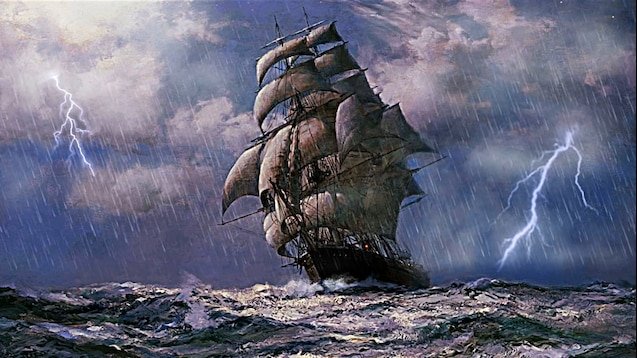
Modern archaeologists look upon those shipwrecks as a treasure trove. Sent to the bottom in almost a single moment the vessels and their cargo have remained undisturbed by man ever since. An accidental time capsule of their time and culture, shipwrecks contain not only those goods that were considered valuable enough to trade with other peoples but also those items the crew and passengers used everyday.
Throughout history there have been many attempts to salvage some of the cargo from shipwrecks that were known to be carrying treasure. The Spanish fleet that was sunk by a hurricane while transporting Aztec gold is a famous example. However, without advanced underwater technology such endeavors have been mostly fruitless. Either the wreck was too deep to be reached by free divers or the cargo was so spread across the ocean floor that very little could be found and recovered in the limited time the divers could remain underwater.
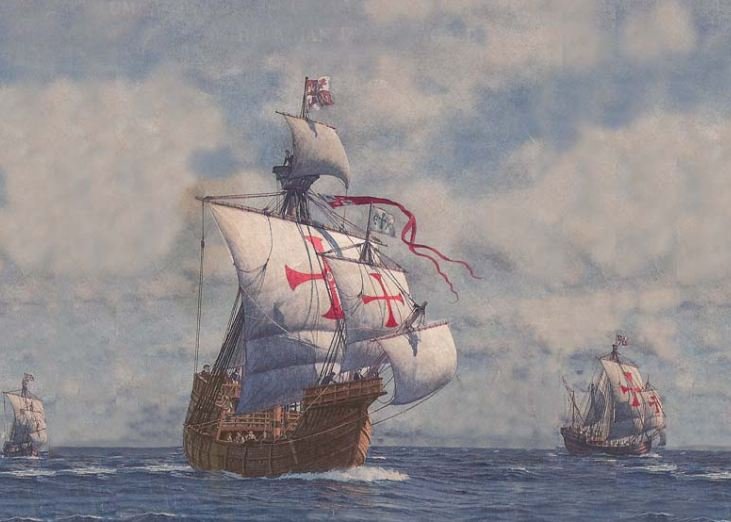
Real underwater archaeology only began with the development of submersible vessels and the Self Contained Underwater Breathing Apparatus or SCUBA gear. These inventions allowed scientists to both descend much deeper into the ocean depths and remain at the bottom far longer. Nevertheless underwater archaeology remains considerably more difficult and expensive than its landlubber cousin.
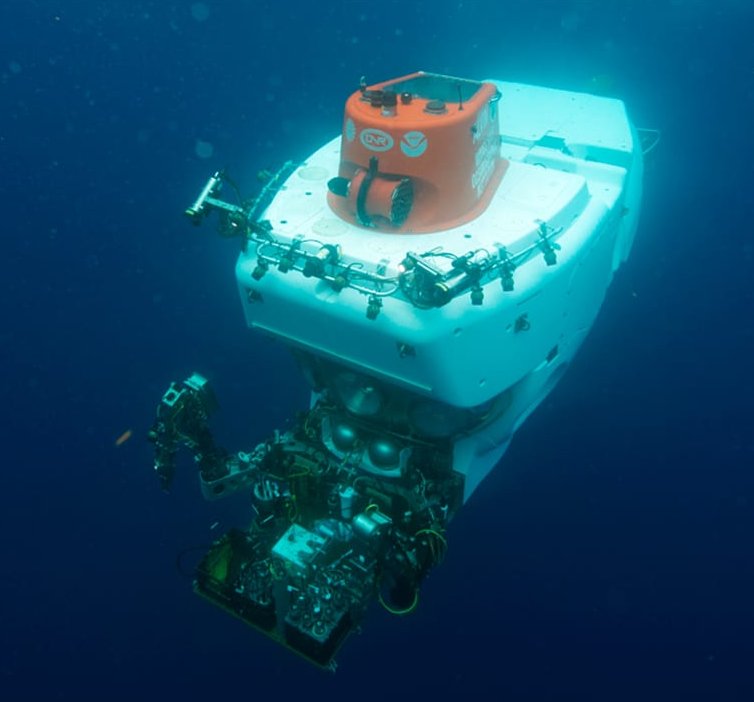
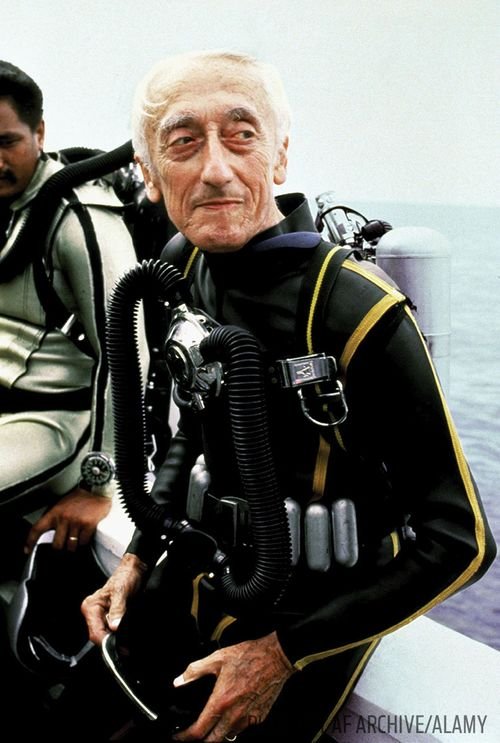
Now if you think about it there are really two distinct types of shipwrecks that are studied by marine archaeology. The difference between the two is whether or not the ship was built of wood or steel. In the former case the ship itself has almost certainly decayed away leaving only the metal or ceramic items it carried that can be recovered and studied.
In a steel shipwreck however the ship itself is the biggest artifact to be found. Think of those haunting images of the Titanic, or the Bismarck. In those cases the fact that the ship is still clearly recognizable only makes the damage the vessel has suffered more poignant.

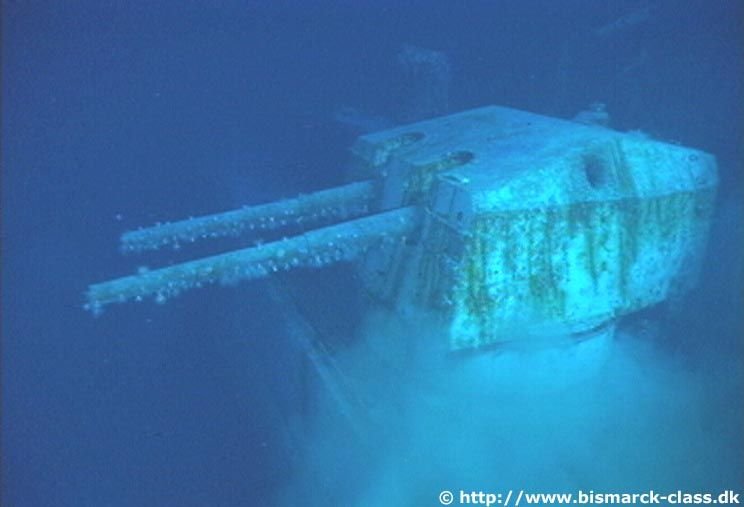
Two recently discovered shipwrecks illustrate these differences because one of the ships has been dated to the period of the early Roman Empire while the second is a German warship that was sunk by the British during WW1. Since we know the name and historical details of the German ship I’ll begin with her.
Launched on the 23rd of March in 1906 the armored cruiser SMS Scharnhorst was the flagship of Imperial Germany’s Far East squadron tasked with the defense of Germany’s Asian colonies. At the outbreak of WW1 the commander of the squadron, Vice-Admiral Maximilian Graf von Spee was ordered to both attack British shipping as well as get his squadron back to Germany so that they could add their strength to the Imperial Grand Fleet.
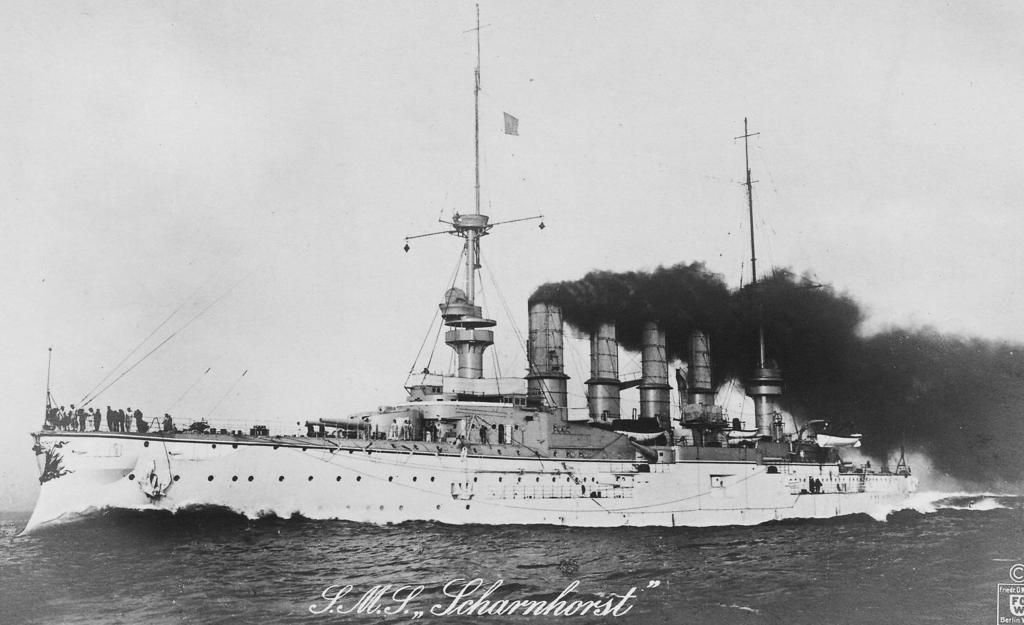
Steaming across the Pacific the Scharnhorst and her companions encountered a smaller group of Royal Navy ships off the coast of Chile at Coronel. In the battle that followed two British ships were sunk without a single German causality.
Alarmed by this defeat the British dispatched two Battle Cruisers and five armored cruisers to intercept von Spee’s squadron. The two fleets met in the South Atlantic near the Falkland Islands and in a running battle the Scharnhorst along with three other German ships were sunk on the 8th of December 1914. Admiral von Spee, his two sons and the ship’s entire crew of 860 went down on the Scharnhorst, altogether 2,200 German sailors died in the battle.
To commemorate the 100th anniversary of the Falkland’s battle an effort was made to locate the wreck of the Scharnhorst. However it wasn’t until this year when the deep submersible ‘The Seabed Constructor’ along with four Remote Operated Vehicles (ROVs) became available that the Scharnhorst was finally discovered. The once feared warship rests at a depth of 1,610m and the Falkland Maritime Trust team who discovered her was careful not to disturb the wreck in any way. Indeed the marine archaeologists are seeking to have the Scharnhorst site protected by law out of respect for those who fought and died aboard her.

The Archaeologists who discovered the Roman-era trading ship about two kilometers outside the harbour of the Aegean island of Kefalonia did not have to worry about disturbing human remains. Whatever members of the crew of the 2,000 year old vessel may have gone down with the ship their bodies have long since decayed along with the wood out of which the ship was made.
While we have no knowledge of the ship’s name or its history at an estimated size of 35m in length by 12m in width the wreck is the largest from the classical period to be discovered in the eastern Mediterranean.
The location of the wreck was actually discovered by a sophisticated sonar scan of the area that used Artificial Intelligence (AI) to perform the image-processing that made the wreck site discernable. After being identified as a possible archaeological site the wreck was then visited by an ROV to investigate. See image below.
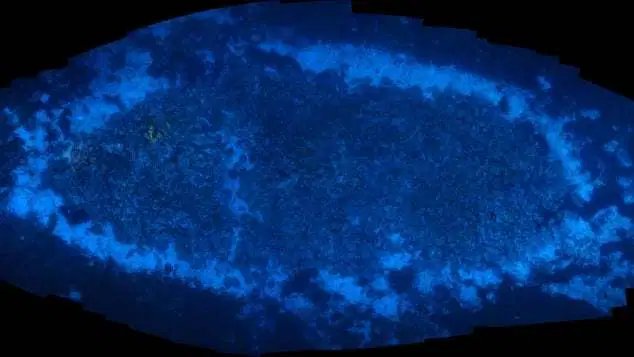
The most obvious evidence remaining that there was a shipwreck at the site was two concentrated groupings of amphorae, large ceramic containers used 2,000 years ago to transport goods like olive oil, wine, nuts or grains. The two groups of amphorae, which probably relates to the ship’s forward and aft cargo holds, are estimated to contain about 6,000 ceramic vessels.
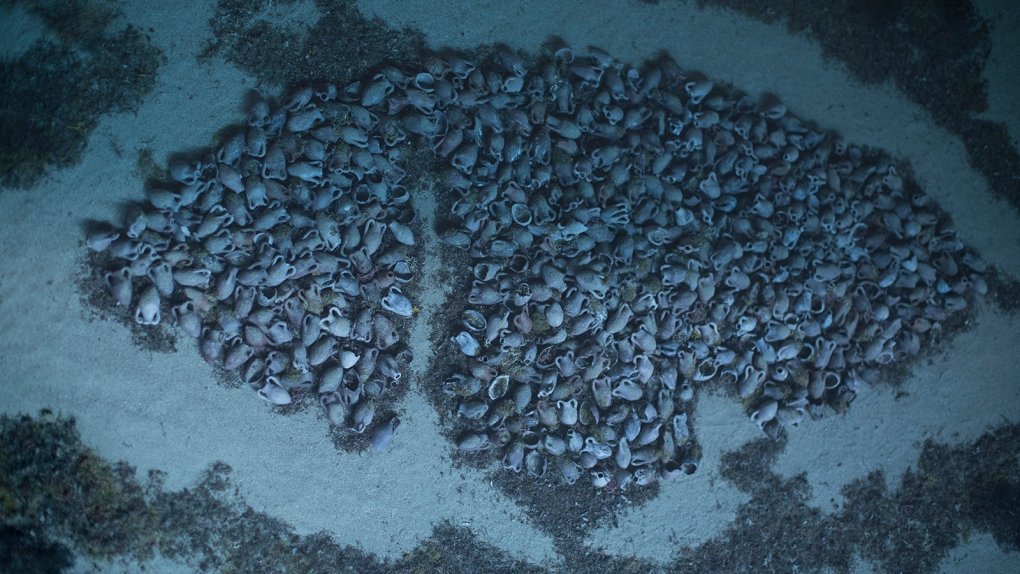
So far nothing has been removed from the site but the archaeologists at the University of Patras who announced the discovery hope to soon recover a few of the amphorae. Once recovered the scientists will perform a DNA analysis in order to ascertain what sort of cargo the ship was carrying when it was sunk. A more detailed survey of the wreckage could also teach archaeologists much about how trade was carried out during the time of the Roman Empire.
Throughout our history trade and warfare upon the oceans and seas has been one of the driving forces of human progress. Thanks to marine archaeology we are learning more and more about how that progress was achieved.
